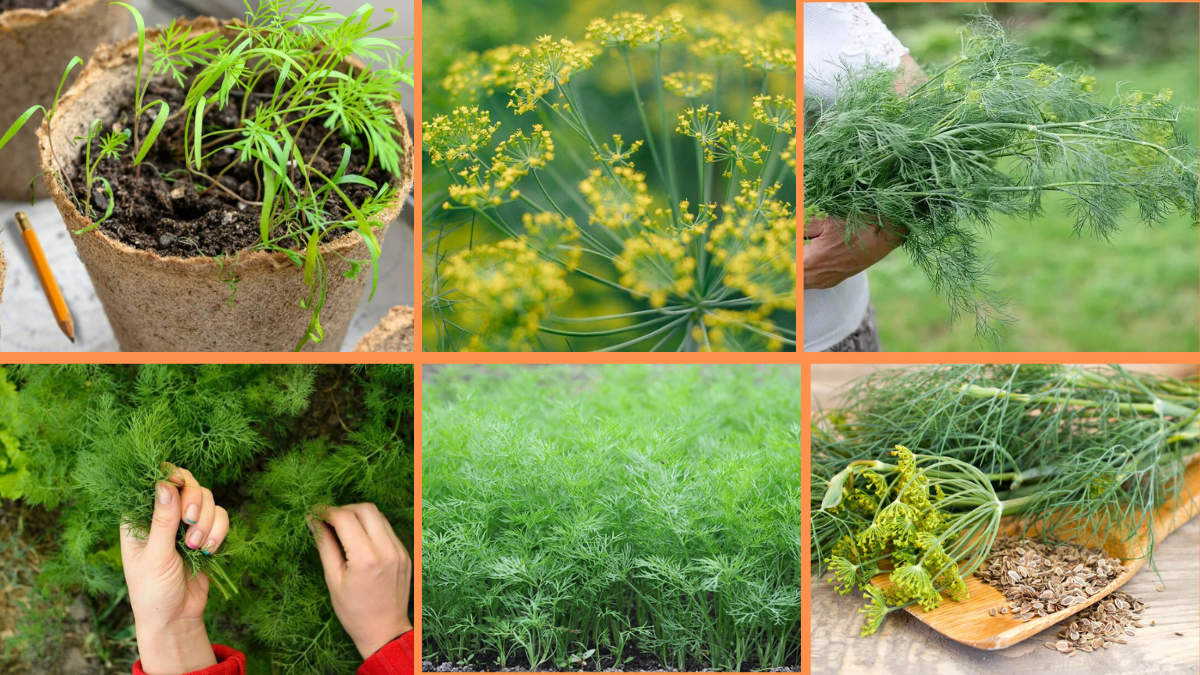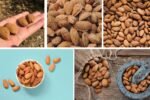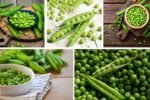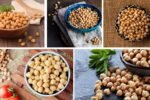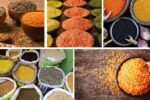If you’re a fan of fresh, aromatic herbs in your kitchen or garden, dill deserves a spot on your planting list. Known for its feathery, fern-like foliage and distinctive tangy flavor, dill is a versatile herb cherished for both culinary and medicinal uses. From adding zest to pickles and seafood dishes to aiding digestion, dill is as functional as it is attractive in any garden.
In this complete guide, we’ll cover everything you need to know about how to start growing dill — from choosing the right location and planting tips to harvesting and preserving your flavorful herb.
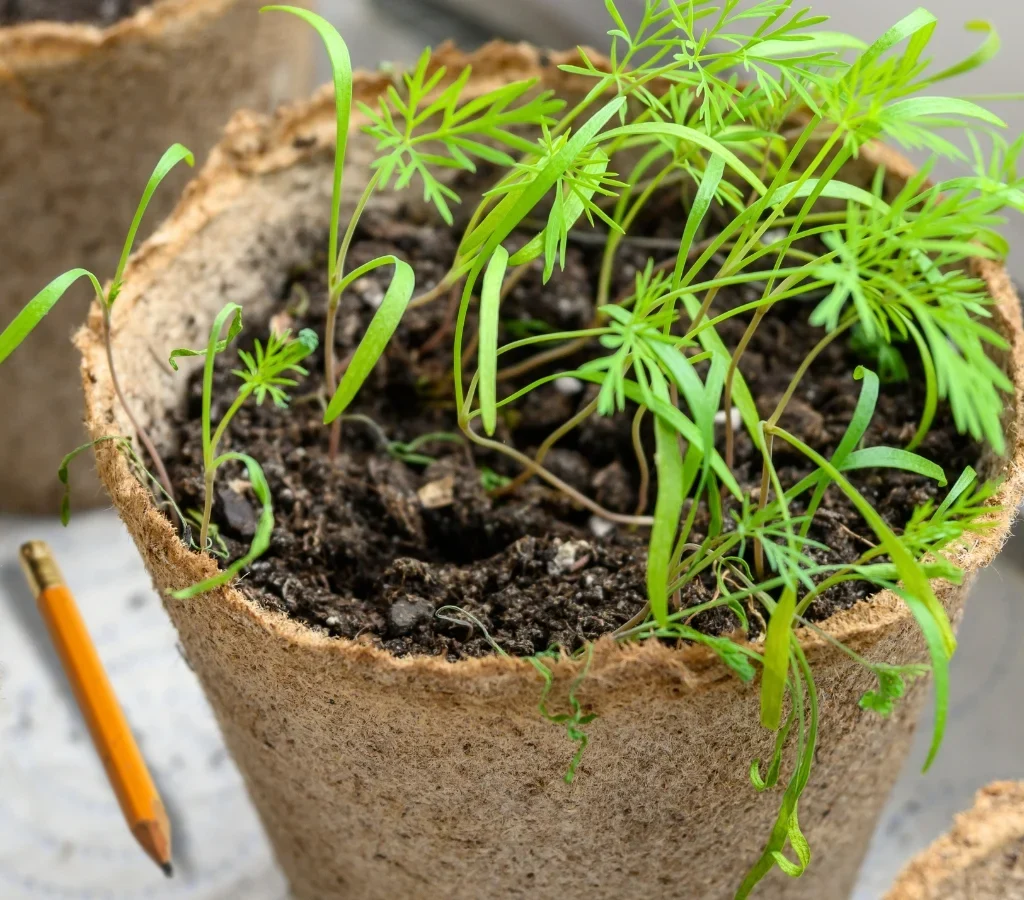
Why Grow Dill?
Dill isn’t just a pretty plant with delicate, airy leaves; it’s packed with benefits and uses:
- Flavor-packed — Essential for pickling, fish dishes, soups, and salads.
- Attracts beneficial insects — Invites pollinators like bees and butterflies.
- Medicinal properties — Traditionally used to ease digestion, reduce bloating, and calm hiccups.
- Easy to grow — Thrives in a variety of soils and conditions with minimal care.
- Dual-purpose — Both its leaves (dill weed) and seeds are useful in the kitchen.
With so many reasons to grow it, dill is a must-have in any herb garden.

Popular Dill Varieties
When starting your dill-growing journey, you’ll find several varieties to choose from. Here are some popular types:
1. Bouquet
- Most commonly grown variety.
- Excellent for pickling and cooking.
- Produces aromatic leaves and seeds.
2. Fernleaf
- Compact and bushy.
- Ideal for containers and small gardens.
- Slow to bolt (go to seed).
3. Dukat
- Sweeter flavor.
- Produces abundant leaves.
- Great for salads and garnishing.
4. Long Island Mammoth
- Tall-growing, robust plant.
- Popular for seed production and pickling.
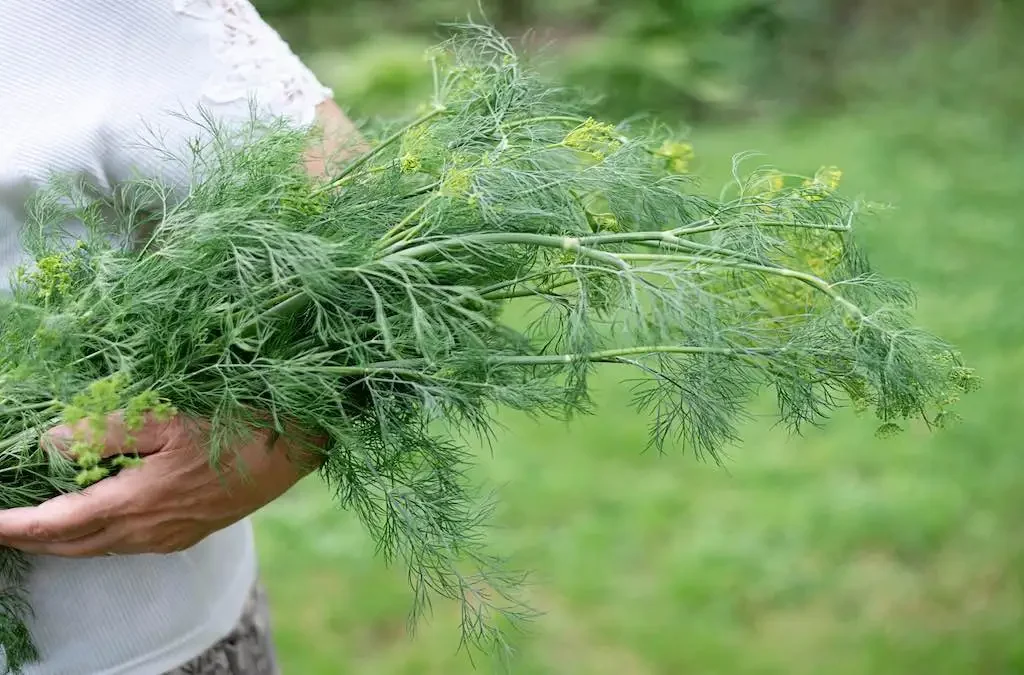
Best Time and Place to Plant Dill
Dill is a cool-weather herb that prefers to grow during spring and early summer or late summer into fall, depending on your region.
Best Planting Time:
- Outdoors: After the last frost in spring.
- Fall Planting: In milder climates with warm autumns.
Ideal Growing Conditions:
- Full sun: At least 6 hours of direct sunlight daily.
- Well-draining soil: Loose, sandy, or loamy soil.
- Slightly acidic to neutral pH: 5.5 to 7.5.
Dill doesn’t transplant well due to its long taproot, so it’s best sown directly into the soil where it will grow.
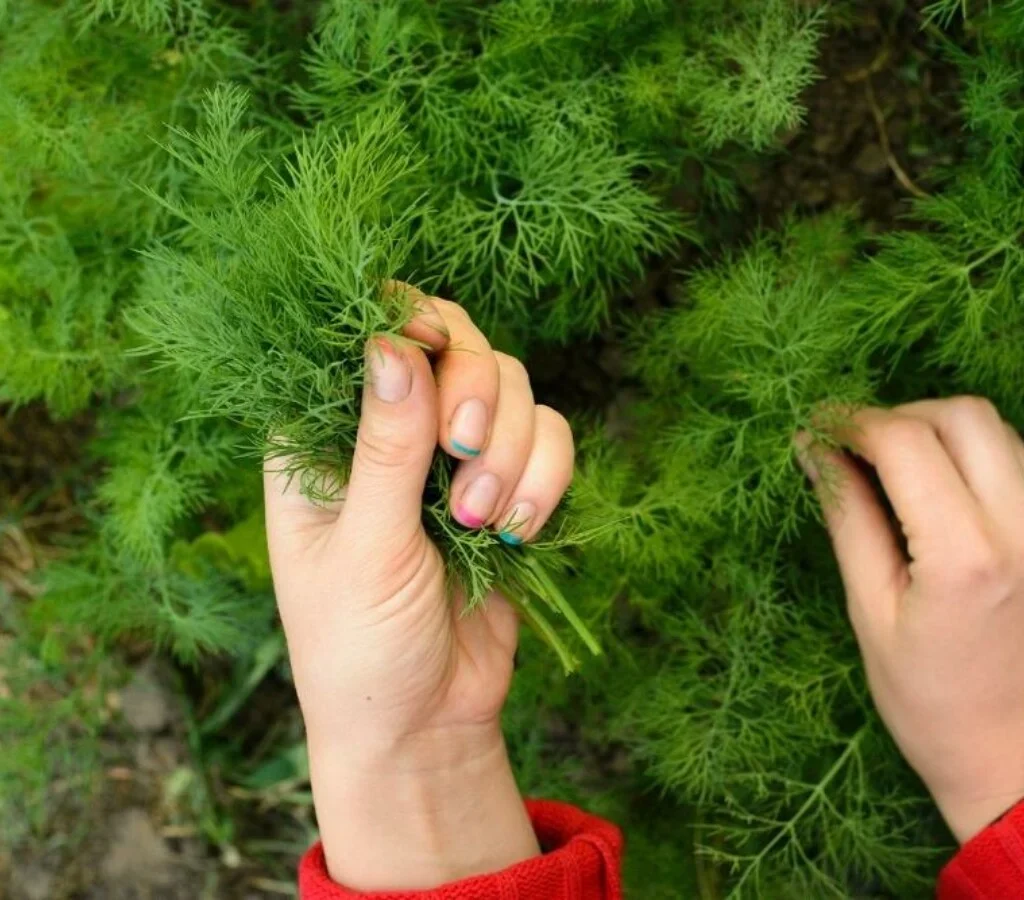
How to Plant Dill
Growing from Seeds (Best Method):
Dill is usually grown from seed because of its fast germination and sensitivity to root disturbance.
Steps:
- Prepare the soil by loosening it and mixing in organic compost.
- Sow seeds directly into the garden about ¼ inch deep and 18 inches apart.
- Keep soil evenly moist until seeds germinate, typically within 7-14 days.
- Once seedlings are 2 inches tall, thin them to 12-18 inches apart.
Pro Tip: For a continuous harvest, plant dill seeds every 2-3 weeks during the growing season.

Caring for Dill Plants
Dill is easy-going and requires minimal care. Follow these simple practices for healthy, thriving plants:
Watering:
- Keep soil evenly moist but not waterlogged.
- Water at the base to prevent leaf diseases.
- During hot, dry periods, water regularly to avoid bolting (early flowering).
Sunlight:
- Dill loves full sun, so choose the sunniest spot in your garden.
Soil:
- Well-draining, fertile soil.
- Mix in compost before planting for optimal growth.
Fertilizing:
- Dill typically doesn’t require extra fertilizer if grown in rich soil.
- In poor soils, apply a balanced organic fertilizer once or twice during the growing season.
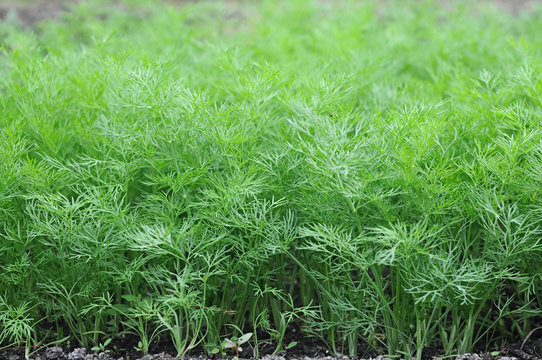
Common Pests and Problems
While dill is generally pest-resistant, it can occasionally face issues:
Aphids:
- Suck sap from leaves.
- Spray plants with a strong blast of water or insecticidal soap.
Armyworms and Cutworms:
- Caterpillars that chew on leaves.
- Handpick pests and use natural deterrents like neem oil.
Powdery Mildew:
- Fungal disease in humid conditions.
- Improve air circulation and avoid overhead watering.
Companion Planting with Dill
Dill makes an excellent companion for certain vegetables but can hinder others.
Good companions:
- Cabbage
- Broccoli
- Cucumbers
- Lettuce
- Onions
Avoid planting near:
- Carrots (they’re closely related and can cross-pollinate)
- Tomatoes (dill can stunt their growth if it matures nearby)
Dill also attracts beneficial insects like ladybugs, lacewings, and predatory wasps that help control garden pests naturally.
Harvesting Dill
When to Harvest:
- Leaves (Dill weed): Once plants reach 8 inches tall, usually 6-8 weeks after planting.
- Seeds: When the flower heads turn brown and seed heads dry, typically in 8-10 weeks.
How to Harvest:
- Snip leaves early in the morning for best flavor.
- Cut entire flower heads for seeds once they’ve dried and turned tan.
- Don’t harvest more than ⅓ of the plant at once to ensure continued growth.
How to Store and Preserve Dill
Fresh Storage:
- Store fresh dill sprigs in a glass of water in the fridge.
- Or wrap in a damp paper towel inside a plastic bag — lasts up to a week.
Drying Dill:
- Hang bunches upside down in a dry, dark, well-ventilated area.
- Once crisp, crumble leaves and store in airtight containers.
Freezing Dill:
- Chop and freeze in ice cube trays with water or olive oil.
- Use frozen dill directly in soups, stews, and pickling brines.
Growing Dill Indoors
Though dill prefers the outdoors, it can thrive indoors with the right conditions:
Container:
- At least 12 inches deep to accommodate its taproot.
Sunlight:
- Position in a south-facing window with 6 hours of direct sun or under a grow light.
Water:
- Keep soil evenly moist but avoid waterlogging.
Pro Tip: Choose a compact variety like Fernleaf for indoor growing.
Tips for Success
- Succession planting ensures a continuous harvest of fresh dill.
- Harvest frequently to promote new, tender growth.
- Protect from strong winds with stakes or by planting near taller plants.
- Avoid transplanting to prevent root disturbance.
- Cut flowers early if you prefer leaf production over seed harvesting.
Final Thoughts
Growing dill is a rewarding experience for gardeners of all skill levels. Its aromatic leaves and flavorful seeds are indispensable in the kitchen, while its feathery foliage and yellow flowers add delicate beauty to your garden.
With its minimal care needs, ability to attract beneficial insects, and wide range of culinary uses, dill is an easy-to-grow herb that keeps on giving throughout the season.
Now that you know how to start growing dill — it’s time to grab some seeds, find a sunny spot, and enjoy this delightful, flavorful herb in your garden or kitchen windowsill.
